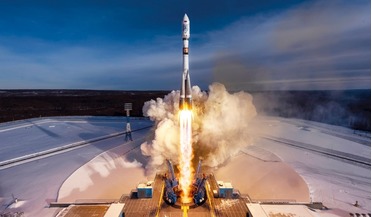 April 2019
Space launch industry analysis
April 2019
Space launch industry analysis
... in the year, another Soyuz rocket suffered a technical partial failure when one of its payloads, the D-STAR Phoenix 1 cube, remained attached to its Fregat M upper stage. It is entirely feasible that a single launch may fly with...
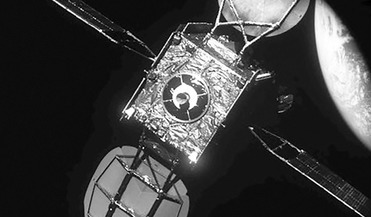 April 2021
Satellite servicing comes of age
April 2021
Satellite servicing comes of age
... location over the Atlantic Ocean, using its highly efficient EP engines. Once there in mid-April, like a phoenix rising from the ashes of the graveyard orbit, MEV-1/IS-901 replaced the Intelsat 907 satellite in active...
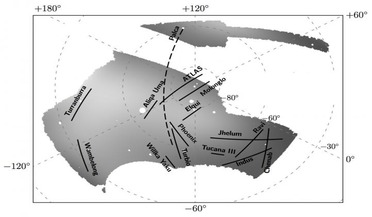 12 January 2018
Evidence in DES map of small galaxies being eaten by the Milky Way
12 January 2018
Evidence in DES map of small galaxies being eaten by the Milky Way
... Alex Drlica-Wagner (Fermilab), a member of the DES team. Four of the streams found by DES – ATLAS, Molonglo, Phoenix and Tucana III – were already previously known to researchers. The others were discovered using the Dark...
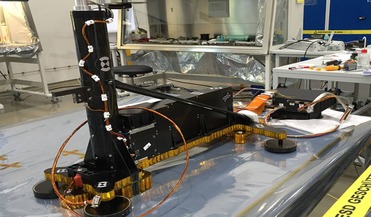 15 February 2019
Let drilling commence! HP3 gets ready for action
15 February 2019
Let drilling commence! HP3 gets ready for action
... up to 5 metres (16 feet) with its self-hammering mole. This is a substantial advancement on previous attempts by other NASA landers (Phoenix and Viking) which managed 22 centimetres at most. Once deep in the martian surface, heat sensors in the mole...
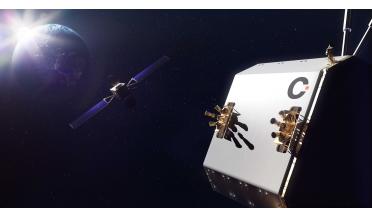 24 February 2025
Sustainability plan for boosting spacecraft longevity
24 February 2025
Sustainability plan for boosting spacecraft longevity
ClearSpace has taken a bold step towards sustainable space practices by initiating the consolidation phase of its new GEO Life Extension Mission. Backed by the Luxembourg government through an ESA contract under the Luxembourg National Space ...
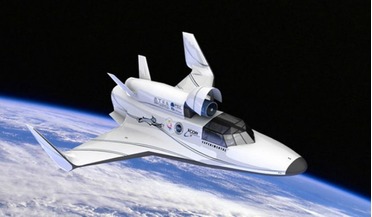 02 June 2016
XCOR lays off significant part of workforce
02 June 2016
XCOR lays off significant part of workforce
... for a runway landing, has been behind schedule for some time. Speaking at the Space Access ’16 conference in Phoenix on April 8, Doug Jones, chief test engineer and the last of the company’s co-founders still at XCOR, suggested...